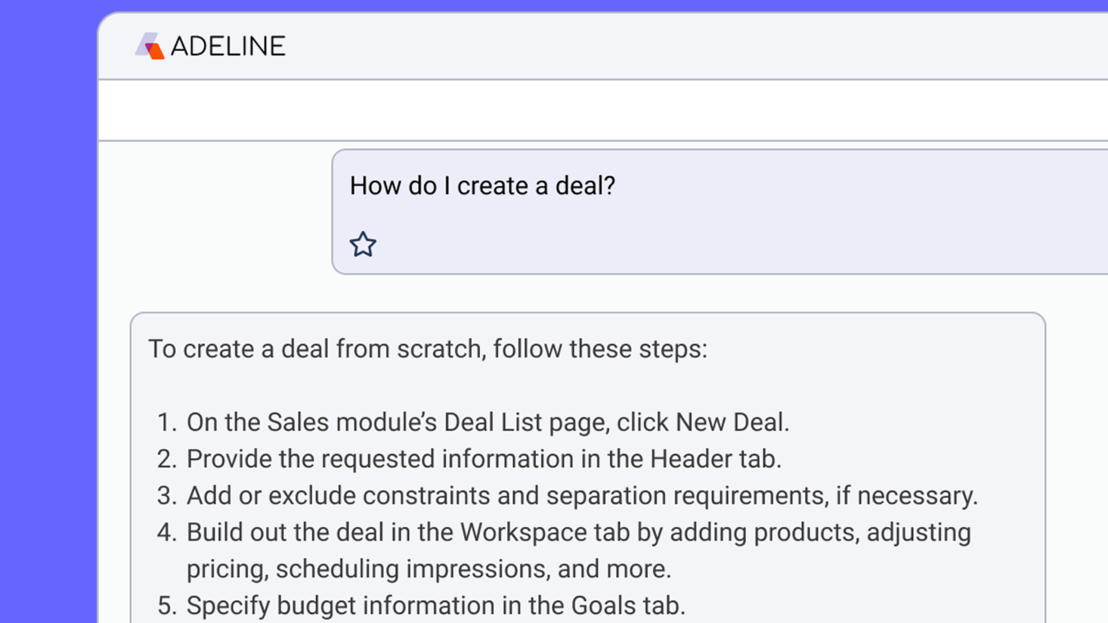Automated contextual advertising uses AI to help brands fine-tune the contextual relevance of their addressable campaigns. IBC365 speaks with ITV’s Rhys McLachlan to discover how it’s making an impact.
ITV and Sky Media have both introduced contextual ads which allow advertisers to buy spots based on the specific content within a programme, rather than more broadly against the type of show or film genre. New contextual targeting capabilities will enable content advertisers to align ad placement using written, audio and visual metadata created using AI.
In a world where consumers are increasingly ad-savvy, context is king, with 72% of consumers saying their perception of an ad is influenced by the surrounding content (Integral Ad Science, The Context Effect, September 2021)...
You are not signed in.
Only registered users can view this article.

Owning the delivery: Unleashing DTC’s full potential
Direct to Consumer (DTC) broadcasting is such a big deal that it’s almost become a cliché to talk about it. But while it is busy turning the traditional media landscape on its head, is it really fulfilling its full potential or is there more to be done to create truly personalised experiences? Kevin Emmott finds out.
.jpg)
Enginelab and the new breed of cloud post-producer
It takes a brave soul to launch a new VFX facility given the meltdown at one of the industry’s largest, but creative entrepreneurs conversant with cloud economics are confident that there are excellent opportunities to be grasped.

Audience-aware streaming and the sustainability challenge
With the sustainability of streaming climbing higher on the industry agenda, Ateme is proselytising the benefits of an audience-aware approach, as Dan Patton, the company’s VP Product – Origination and Delivery, explains to IBC365.

Saleha Williams: ‘The industry is changing and IABM needs to as well’
The recently appointed CEO of the International Trade Association of Broadcast & Media Technology (IABM), Saleha Williams, has combined creative, commercial and technological interests in media throughout her career. As David Davies discovers, this means she is ideally placed to deliver “transformational change” at IABM.
.jpeg)
Juno Innovations to bring VFX at scale closer to home
Moving VFX workflows to the cloud has proved challenging, but a US-based startup could be about to change that. Adrian Pennington reports.





